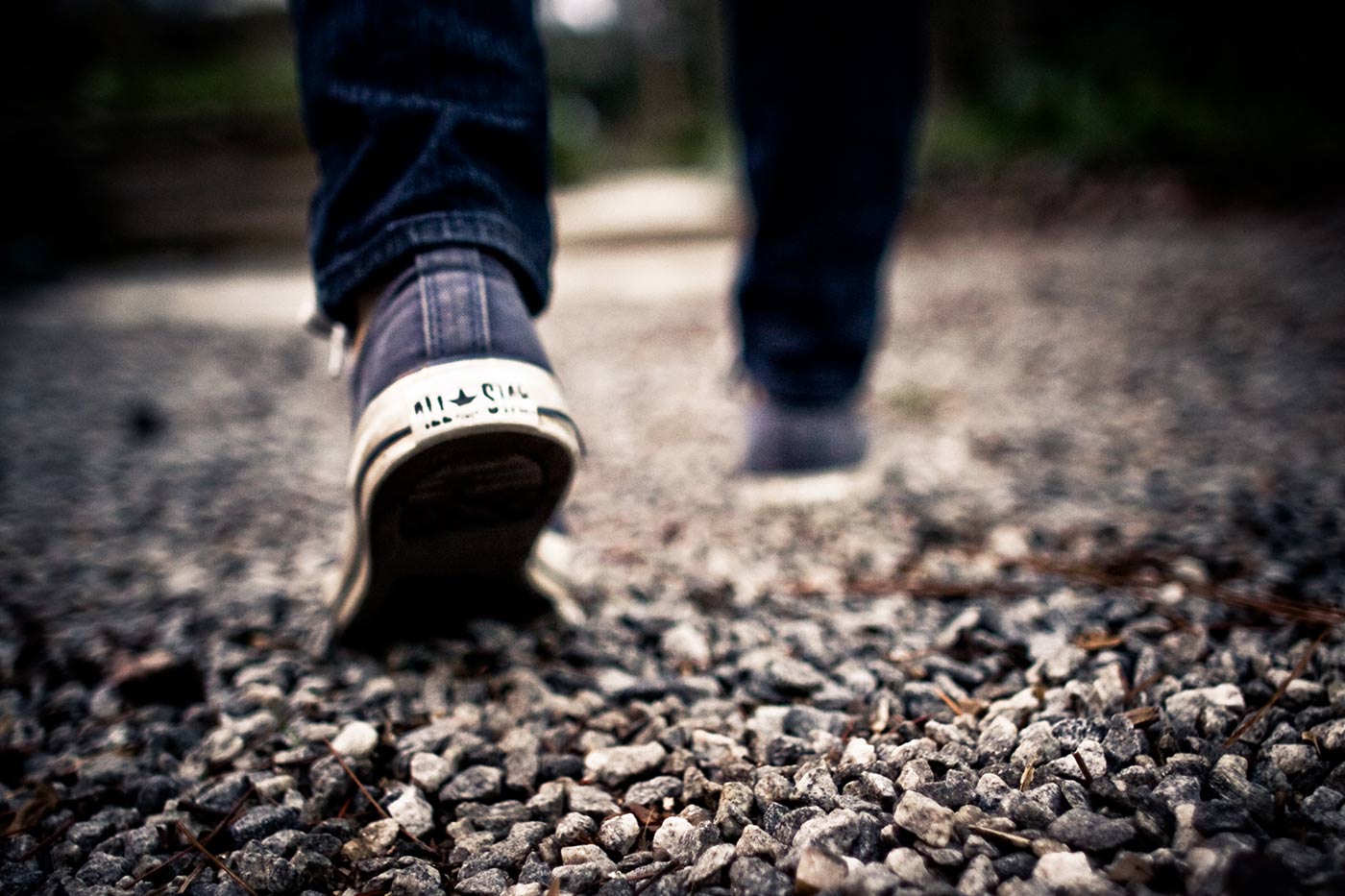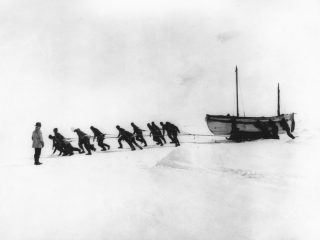“You never really understand a person until you consider things from his point of view … until you climb into his skin and walk around in it.” – Atticus Finch in Harper Lee’s To Kill a Mockingbird
Arousing empathy has almost always been at the core of storytelling. In Virtual Reality (VR), storytellers have found a new tool with which to give viewers an even closer physical sensation of another person’s lived experience. In other words, VR has the possibility of most fully realizing a second person experience of a story: YOU transform into a character in the film, experiencing their visual and auditory sensations in 360 degrees. Director Chris Milk has dubbed virtual reality films “empathy machines” that move and stimulate viewers to social action more than any other media to date. The art world has been exploring this claim in performance pieces and virtual reality films. Meanwhile, scientific researchers are investigating the quantitative and qualitative evidence for and against the empathetic effects of virtual reality. Critics remain skeptical of virtual reality, citing a confusion between immersion and empathy.
Much furor and fuss is being made over virtual reality – but the energy and attitude towards VR is overwhelmingly positive. The most compelling consequence of these studies and experiments is the multi-layered conversation which reveals that VR is no simple subject. Virtual reality is, after all, a part of the complex chain and tradition of storytelling that dates to the beginning of culture and humanity.

FILM AND PERFORMANCE ART
Along with director Gabo Arora, Chris Milk and VRSE production company joined the United Nations in making the 2015 VR film Clouds Over Sidra, which tells the story of a young Syrian girl living in a refugee camp in Jordan. The film debuted in January 2015 at the World Economic Forum in Davos, Switzerland, making a strong emotional impact upon the audience. Based on the response to the film in Davos and elsewhere (at a fundraiser in Kuwait, the film raised 3.8 billion USD, nearly double the amount anticipated), Milk believes that VR films can change the world, connecting human beings and altering their perceptions of one another. In a March 2015 TED talk, Milk explains, “So, it’s a machine, but through this machine we become more compassionate, become more empathetic, and we become more connected, and ultimately we become more human.”
In The Machine to Be Another, an experiment run by the art collective BeAnotherLab, VR is the foundation of a live performance piece in which participants virtually exchange bodies with the performer, who mimics their movements. The purpose of the experiment is to better understand the Self by embodying the narrative of the Other. The collective collaborates with neurologists and neuroscientists. They aim to measure empathy in their future projects.
SCIENTIFIC EVIDENCE
Psychologists are also examining how effective VR is at generating empathy in viewers. The Virtual Human Interaction Lab at Stanford Lab investigates how test subjects change their behavior after experiencing specific scenarios in virtual reality environments. Lab Manager Shawnee Baughman explains in a February 18, 2016 interview how they have found that virtual reality has the potential to positively influence test subjects’ behavior after experiencing staged scenarios in a VR environment.
In one scenario, participants became Superman and save a child lost in large city. The point of the experiment is not that the participants save the child in the VR scenario, however, but how they were more proactive and helpful to other people in their real lives in the period immediately following the video. The same principle follows with another scenario in which one test group chops down a tree in VR with a haptic device that mimics a saw, and another group chops the tree but without the haptic device. The group that uses the haptic device to “chop” the tree used 20% less paper immediately following the event in a staged, real-life water spill.

VR is not only positive in the context of its impact on human relations, but also between humanity and the earth. Jeremy Bailensen, Associate Professor of Communication at Stanford University, shares this positive outlook: “With concepts like climate change or deforestation or even pollution, we can use virtual reality to make the relationship between human behavior and the impact on the environment less abstract and more concrete.” By immersing viewers in environments in danger of destruction or industrialization, perhaps the viewer will better appreciate the need to preserve the environment and our resources. Another example we might consider is an audience experiencing the world in VR from the perspective of an animal in the endangered environment – the hope is that by sharing an intimate perspective with the animal in nature, that the viewer will develop a greater capacity to empathize with the natural world.
NUANCED SKEPTICISM
The nuances of virtual reality come to the fore in myriad questions that surround it. In his New York Times article “Want to Know What Virtual Reality Might Become? Look to the Past,” Steven Johnson suggests, rather than Milk’s all-encompassing view of virtual reality films as “empathy machines,” that virtual reality offers the possibility of different kinds of empathy: “perceptual empathy” or “sensory immersion.” It is true that empathy is aroused by our recognition of facial muscle movements, as Johnson points out, so that if we as the viewer cannot see the face of the protagonist whom we are inhabiting, then we lose this traditional key to empathizing with this person’s experience. However, we gain a sensory and immersive experience of the character whose point-of-view we inhabit. Not seeing the person’s face might make a viewer more open as their preconceived notions based on the character’s appearance will not be provoked. Even the omission of the inhabited character’s face can be played with via the use of a mirror that could “reveal” the physical identity of the character after the viewer has been immersed in their story. Additionally, we do not lose the ability to see the faces of the other people featured in the film.
Other critics, such as adjunct professor Sam Gregory of Harvard University, do not believe that virtual reality necessarily equates to empathy. Jennifer Alsever quotes Gregory: “It’s confusing immersion for empathy.” Viewers might become distanced from the subject of the VR film if it’s too violent, and virtual reality’s potential for motivating social action might instead corrode into “poverty tourism.” Meanwhile, Adi Robertson wonders in her article “The UN wants to see how far VR empathy will go” whether VR’s apparently superior effectiveness in motivating social action results not necessarily from VR’s inherent qualities, but its novelty.
Meanwhile, in her article “The Limits of Virtual Reality: Debugging the Empathy Machine,” Ainsley Sutherland points out, “This is the central critique of VR as a successful medium for ‘increasing’ empathy: that it cannot reproduce internal states, only the physical conditions that might influence that.” In response to Sutherland’s criticism, I wonder if she makes an inaccurate division between internal and external states, devaluing the impact of physical conditions on the emotions. If we can experience the physical conditions of living in a refugee camp, would the very conditions not move us, knowing that the young Syrian protagonist is living what is but a simulation for us the viewers? Additionally, the physical conditions elicited by VR can make the story lines and relationships between people within a film more intimate because we physically have the impression of being beside them, and are thus psychologically more able to identify and empathize with them. Physical and emotional conditions are more intimately connected than we might realize.

COMPLEX POSITIVE POTENTIAL
Despite dimming the potential of virtual reality to increase empathy, such criticisms shed insight on VR’s complexity and further substantiates its potential to effect change. That VR entails a consideration of multi-layered technical, scientific, aesthetic, and theoretical perspectives evidences the vastness of VR filmmaking’s uncharted territory. Can theatre, literature, or cinema more effectively stimulate empathy in an audience for a subject’s internal state than virtual reality? To isolate virtual reality from the tradition of storytelling is simply false. VR is a continuation of the tradition of storytelling, but in a new medium. And as virtual reality filmmakers develop new tools and refine their skills, virtual reality might well evoke the same complexity of inner states as poetry. At DUTCH PICTURE INDUSTRY and VR EXPLORERS, we embrace the newest innovations and are eager to explore the possibilities of virtual reality and its potential to effect positive change in the world. We look forward to evoking empathy in our viewers for the issues and stories that we tell in our films.




